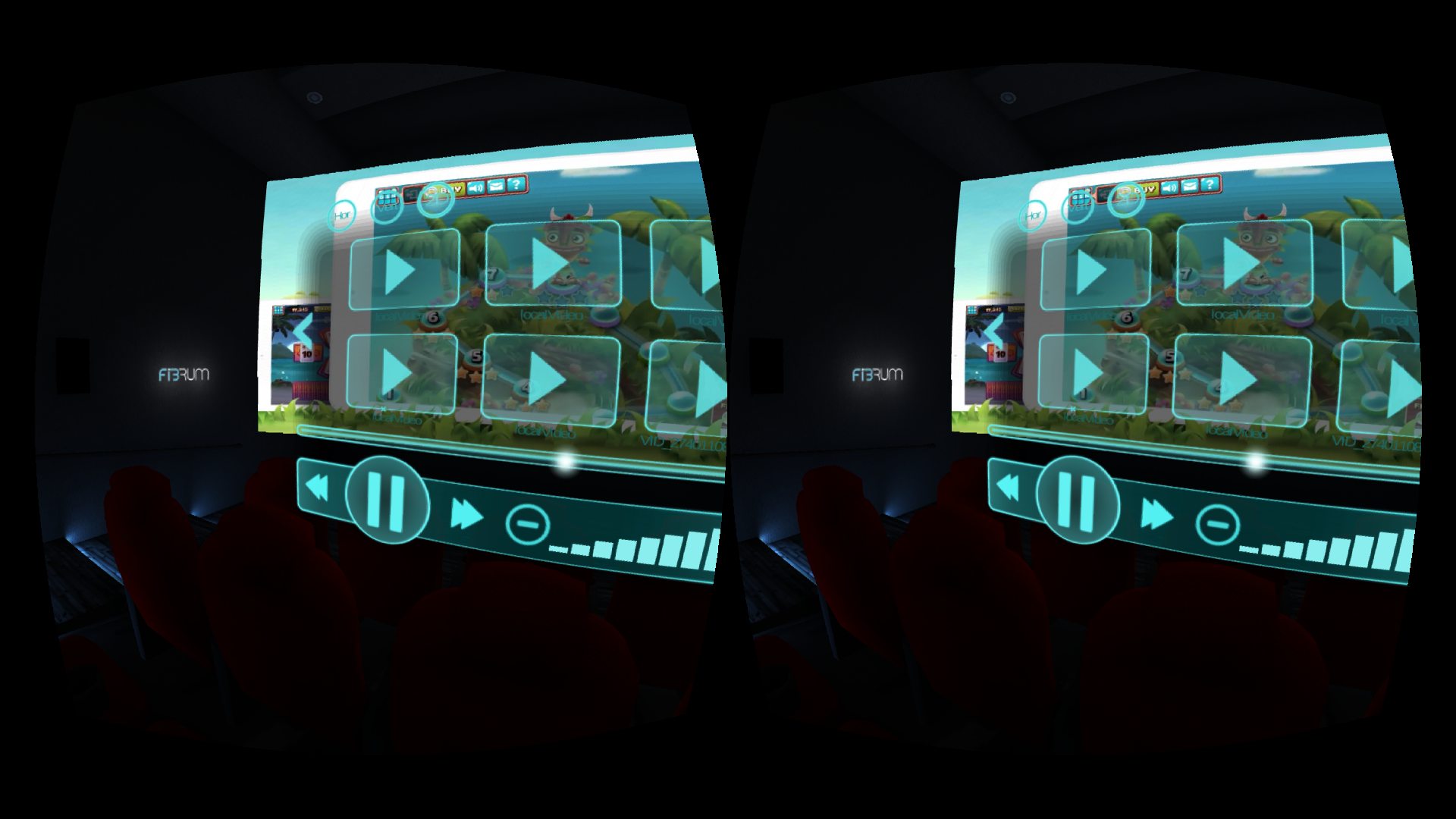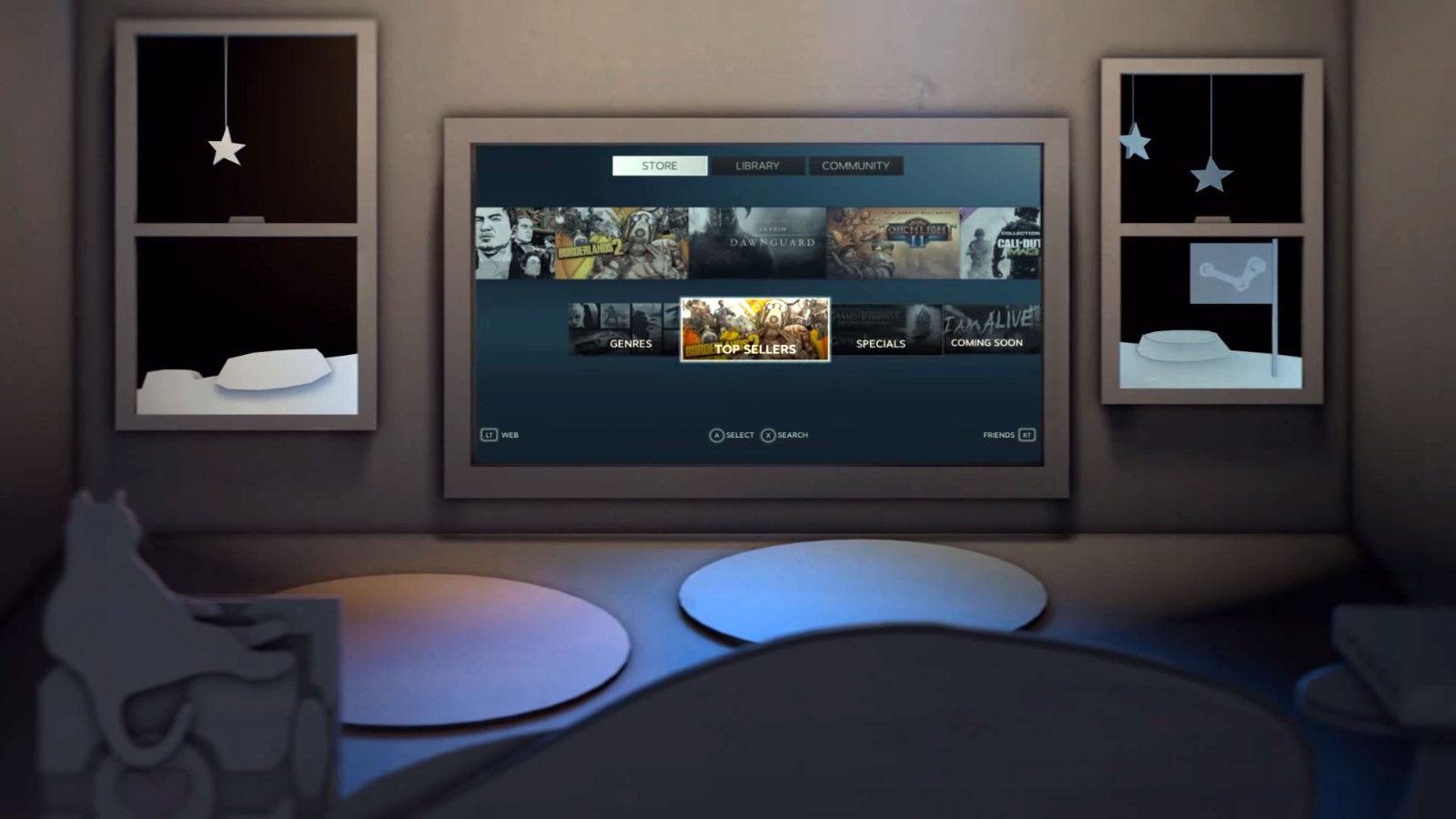

Experts in the field believe research has only begun to perceive the applicability of virtual environments. And this is not unfathomable since the use of VR technology in this industry facilitates training and mirroring real-life experiences, particularly interesting for life-critical environments. This supports the idea that there are highly valuable benefits to the use of VR for medical scenarios. Īccording to Perkins Coie’s survey report on augmented reality (AR) and VR, Healthcare is the sector with the second highest expectation of most investment in VR technology during 2020, right behind Gaming. Technology breakthroughs and the proliferation of companies developing VR-related products have brought low-persistence lag- and smear-free displays, wireless headsets emerging at a fast pace, and the future seems to be headed toward head-mounted displays (HMDs) that do not require external tracking sensors, allowing completely untethered immersive experiences.

The past decade has witnessed the second wave of widespread consumption of virtual reality (VR). There is also a need for further research comparing mixed realities and currently used technologies. Our results suggest that prerequisites such as real-time performance and minimum latency pose the greatest limitations for clinical adoption and need to be addressed. Virtual reality seems to remain a promising technology for medical analysis but has not yet achieved its true potential.
#Scheme vr desktop theater software
Also, game engines prove to be adequate means of combining software modules for improved results. It was understood that most development frameworks rely on well-established toolkits specialized for healthcare and standard data formats such as DICOM. Such solutions are assessed to understand their ability to address existing challenges of the field. We determine the key features a virtual reality software should support and present today’s software tools and frameworks for researchers that intend to work on immersive medical imaging visualization. This paper focuses on virtual reality as an alternative to today’s majority of slice-based medical analysis workstations, bringing more immersive three-dimensional experiences that could help in cross-slice analysis. Our intent is to study the current usage of this technology and assess the potential of related development tools for clinical contexts. However, there are still many limitations to the use of virtual reality for specific scenarios. More recently, attention has been turning toward mixed reality as a means to deliver more interactive and realistic medical experiences. Advanced visualization of medical imaging has been a motive for research due to its value for disease analysis, surgical planning, and academical training.


 0 kommentar(er)
0 kommentar(er)
